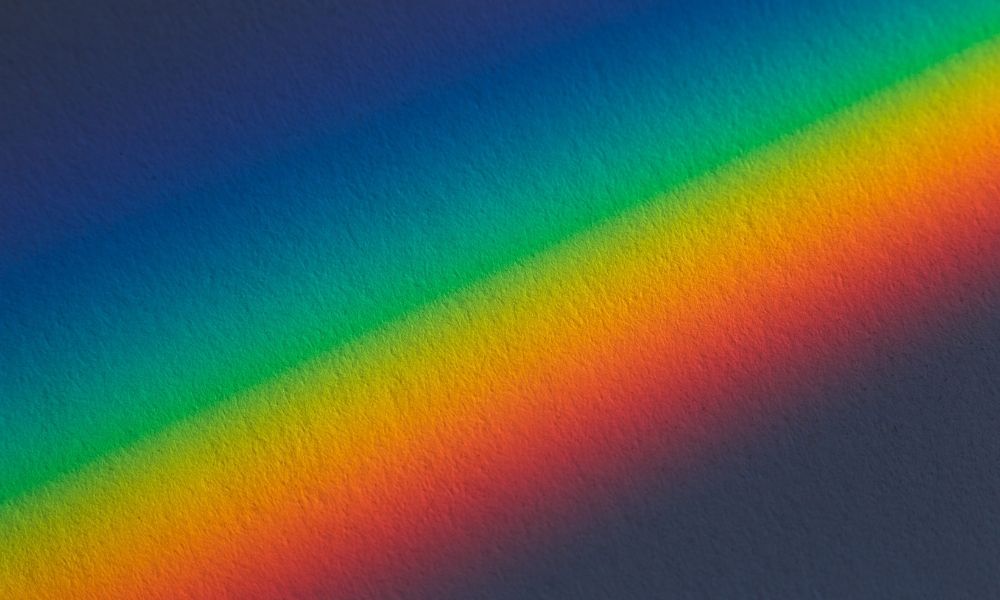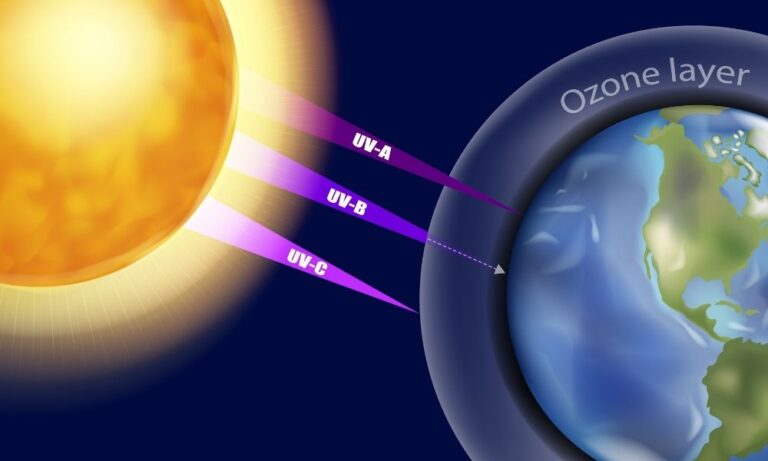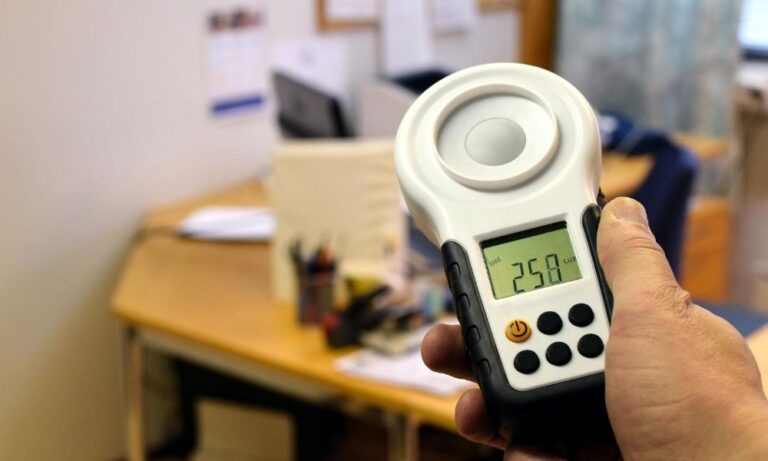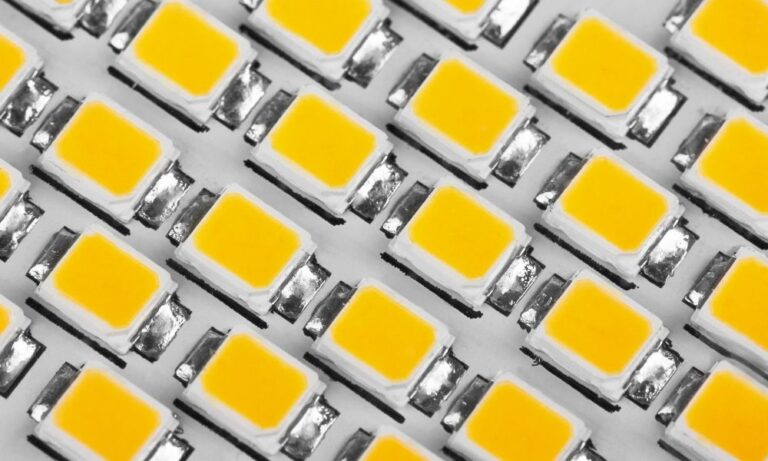If you work with cameras, displays, or anything with a light source, you’ll probably be interested in measuring that light. This is known as photometry, from the Greek for “light” and “measurement.” In this beginner’s guide to photometry, we’ll take a look at what photometry is and isn’t, what it entails, and how you can put it to use.
Objectivity vs. Subjectivity
We’re used to contrasting objectivity with subjectivity in other realms, usually when it comes to discerning facts from opinions. In the measurement of light, this dichotomy appears again, though it’s less about opinion than capability. Radiometry is the objective measure of light, which concerns the entire spectrum of electromagnetic radiation, from radio waves to gamma rays. Photometry is radiometry’s subjective counterpart, concerning itself only with that which the human eye can see—the part of the electromagnetic spectrum we refer to as visible light. Subjectivity also comes into play when accounting for how different properties of visible light affect the human eye.
Luminous Flux and Intensity
One of the most important parts of photometry is measuring luminous flux, the power of light as our eyes perceive it. Photometry measures luminous flux in lumens, a unit you may have noticed on lightbulbs. Unlike radiant flux, the commensurate measure we use in radiometry, luminous flux accounts for the eye’s varying sensitivities to different wavelengths. Luminous intensity and luminous flux go hand in hand. While luminous flux is an omnidirectional measure, luminous intensity measures the power of light when it is concentrated in one direction. When a light’s beam is concentrated to cover less area, its luminous intensity increases, and its luminous flux remains constant.
Luminance and Illuminance
In working with light-emitting electronic displays, measuring luminance is key. Luminance is a measure of the degree to which a surface emits light. Despite what the prefix may suggest, luminance and illuminance are not opposites. Illuminance is the degree to which a light source falls upon (or illuminates) a surface. We measure illuminance in lux or foot-candles.
Implementing Photometry
After going over some of the terms in this beginner’s guide to photometry, you’ll want to put the knowledge into use. Measuring light begins with a light measurement sensor from Gamma Scientific. From here, your laboratory, studio, or anywhere else you need to measure light will enjoy expanded precision and accuracy.





